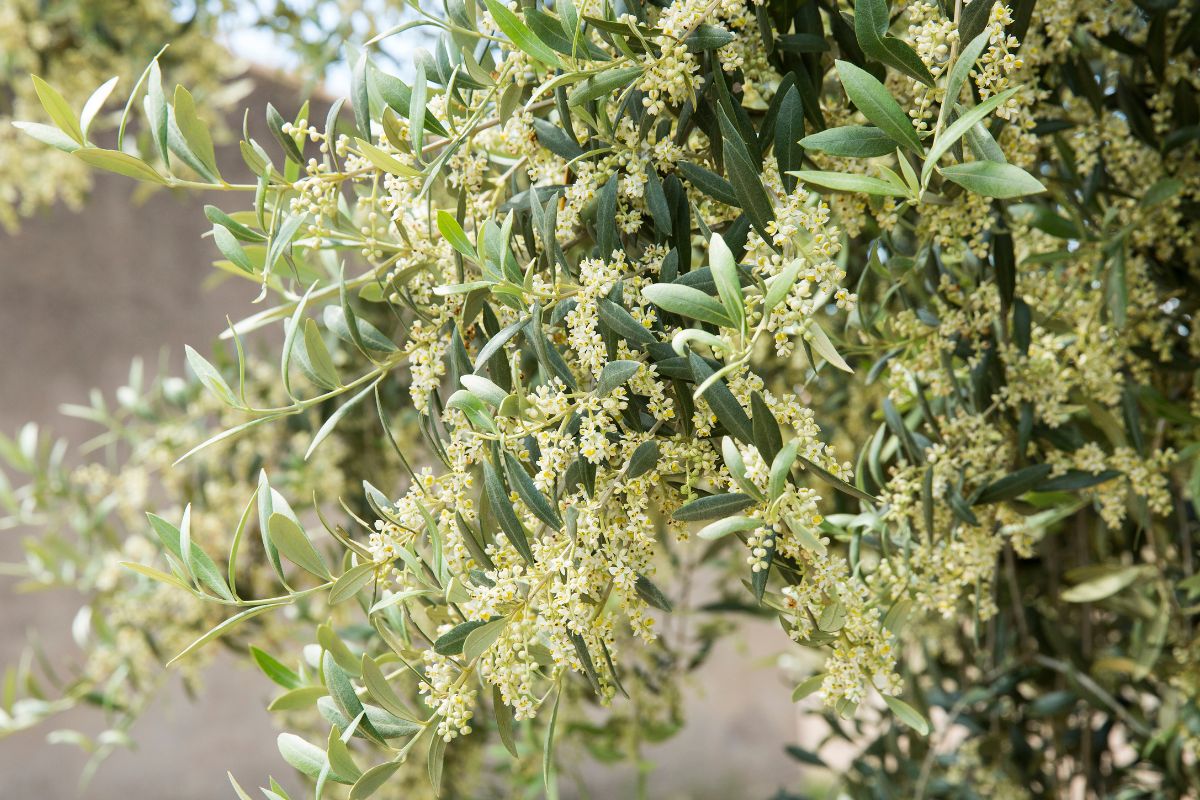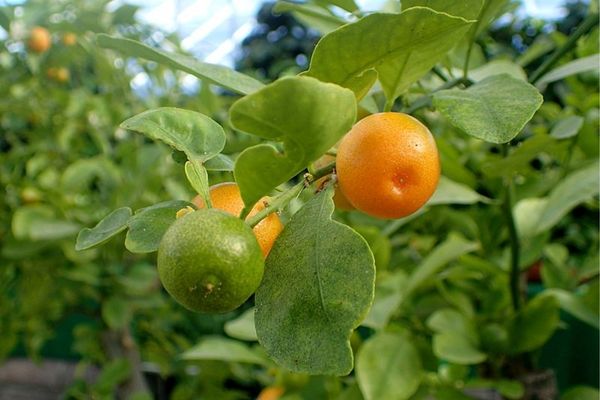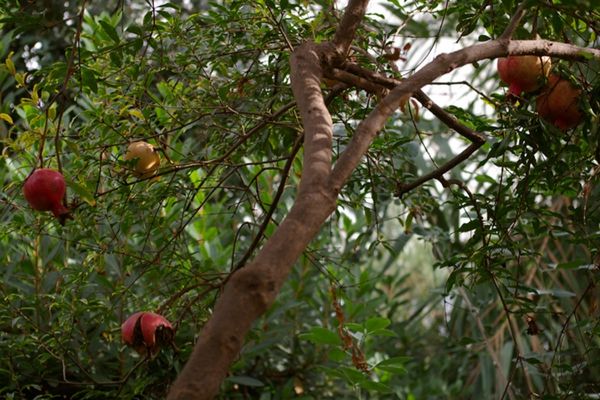If you have the space in your home, you may have wondered at some point if their are any dwarf fruit trees to grow indoors. There are numerous dwarf fruit tree species to choose from, all of which come in a variety of shapes and sizes. However, growing them indoors is not always easy.
Let’s look at some examples of dwarf fruit trees that people have grown indoors!
10 Dwarf fruit trees to grow indoors
The main benefit of keeping dwarf fruit trees indoors is that they take up less space than other plants. Let’s take a look at some dwarf fruit-bearing trees that you can grow inside your home in this article.
1. Dwarf Meyer lemon tree
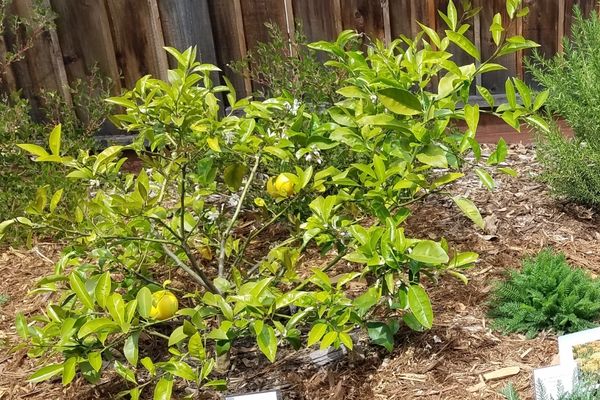
- Scientific Name: Citrus limon x ‘Meyeri’
- Size: 5-7 feet
Dwarf Meyer lemon trees are a popular choice for indoor gardeners due to their small size and ease of care. They can be grown indoors in a window, as long as there is plenty of light in the room. These indoor lemon trees can reach a height of 7 feet and have dark and shiny leaves.
It’s also critical to ensure that the tree receives 8-12 hours of sunlight per day in order for it to bear white flowers that’ll later turn into fruits. Their soil must be moist but not watery. The mature color of the fruits from dwarf Meyer lemon trees is yellow-orange.
2. Dwarf Key lime tree
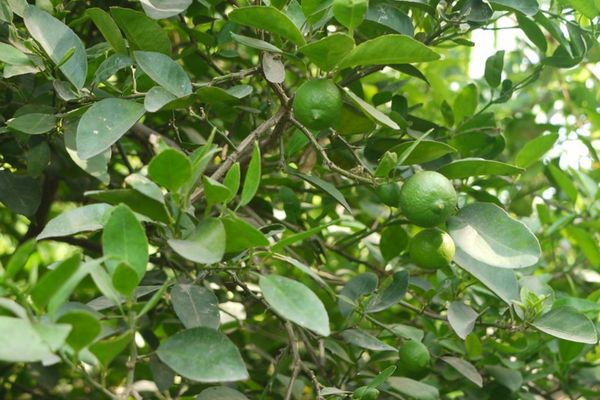
- Scientific Name: Citrus × aurantiifolia
- Size: 6-10 feet
Dwarf Key lime trees are small, evergreen trees that can reach heights of 6-10 feet. They are native to Asia, but can now be grown anywhere in the world if the conditions are met. They make excellent indoor plants as long as they get plenty of sunlight and the temperature doesn’t fall below 29°F.
As indoor plants, keep them in a container so you can move them to a warmer location when the winter season arrives. Key lime trees require sandy loam with organic matter that retains soil moisture without becoming too soggy for an extended period of time.
3. Dwarf Moorpark apricot tree
- Scientific Name: Prunus armeniaca
- Size: 8-10 feet
Dwarf Moorpark apricots are genetically modified apricots that grow up to 8 feet tall and are smaller than the average apricot. When fully ripe, the fruit is a deep orange color with sweet and juicy flesh.
These dwarf Moorpark apricots can be grown indoors and are best kept in zones 4 – 8. They require full-sun exposure to thrive and should be placed near windows or doors where they can get full sun. These trees bear fruit from summer to early fall and may begin to bear fruit when they’re 2 to 3 years old.
4. Calamondin dwarf orange tree
- Scientific Name: Calamansi Citrus × microcarpa
- Size: 4-6 feet
Calamondin dwarf orange tree is a citrus fruit tree that’s native to Southeast Asia. It bears round, orange-colored fruits that resemble small tangerines but have a more acidic flavor. Calamondin oranges, while not as well-known as their larger cousins, have a lot to offer: they’re delicious, juicy, and easy to grow indoors.
A calamondin orange tree can grow to be 4 to 6 feet tall when fully grown. Because these small oranges can adapt well to warmer indoor temperatures and don’t do well in temperatures below 55 degrees F, the best place for your calamondin dwarf orange tree is near a window where it can get plenty of sunlight.
5. Leprechaun Dwarf Nectarine
- Scientific Name: Prunus persica var. nectarina
- Size: 5 feet
Leprechaun Dwarf Nectarine is a medium-sized fruit tree that can reach a height of 5 feet. It has pink flowers that are about 1 inch in size and turns into small edible fruits that are golden yellow, and red in color.
They can be grown indoors by planting them in well-drained, organic-rich soil. The soil should be kept moist but not flooded at all times. If you want this dwarf nectarine to produce fruit, make sure to place it in a location where it’ll get plenty of sunlight.
6. Dwarf pomegranate tree
- Scientific Name: Punica granatum ‘Nana’
- Size: 3 feet
Dwarf pomegranate trees are both attractive and simple to grow. They look great in the garden, but they can also be grown in a large pot or even indoors. Since they’re from warm, sunny places, they can be grown indoors in temperatures above 40 degrees Fahrenheit with humidity levels of 50% or higher.
The edible fruits of these small pomegranate trees are smaller than those of regular pomegranates. Since dwarf trees go dormant in the winter and need time to get ready for the spring blooming season, it’s best to keep them in a darker area of your home during this time.
7. Dwarf lady finger banana tree
- Scientific Name: Musa acuminata
- Size: 6 feet
Dwarf lady finger banana trees are an excellent choice for an indoor fruit-bearing tree. These banana trees are native to Southeast Asia and India, but they’re now found in other tropical countries because they thrive in areas with lots of sunlight and high temperatures. They can grow to be about 5 to 6 feet tall, but they’re usually grown in containers indoors, where they stay much smaller.
These plants require warm temperatures between 65 and 85 degrees Fahrenheit, as well as partial to full sunlight each day. The dwarf lady finger banana also produces small but sweet and delicious fruits.
8. Arbequina Olive Trees
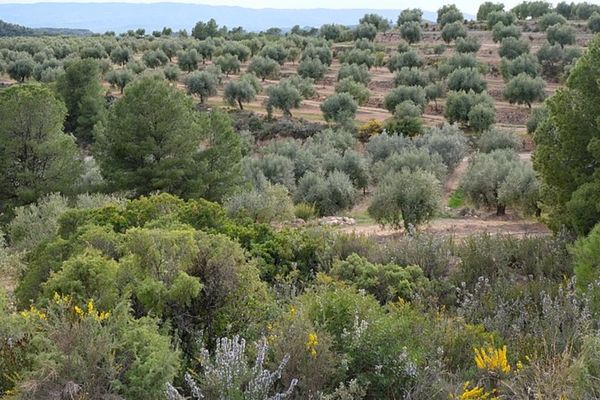
- Scientific Name: Olea europaea ‘Arbequina’
- Size: 15-20 feet
Arbequina Olive Trees are native to Spain and thrive in temperatures above 35 degrees Fahrenheit. They’re small olive trees that grow to a height of 15 to 20 feet and bear small, oval-shaped fruits. Make sure your Arbequina Olive Tree gets plenty of natural light if you want to grow it indoors.
You can supplement the light with a grow light or another artificial light source if necessary. They’re drought tolerant and only require water twice or thrice per week. You should also prune the tree on a regular basis to keep it in the desired shape and size.
9. Dwarf mulberry tree
- Scientific Name: Morus nigra
- Size: 8-10 feet
Dwarf mulberry trees are a type of mulberry tree that grows to be about 8-10 feet tall but can be kept to only 2 feet with proper care and pruning. It bears juicy fruit that’s dark reddish-black in color. The fruits can be eaten fresh or frozen, and can be used in salads or made into jam.
If you grow them indoors, make sure your windows get plenty of natural light during the day because these mulberry trees require full sunlight. Dwarf mulberry trees can withstand temperatures above 35°F, but they’ll not thrive in low temperatures for long periods of time if not properly cared for.
10. Wurtz avocado tree
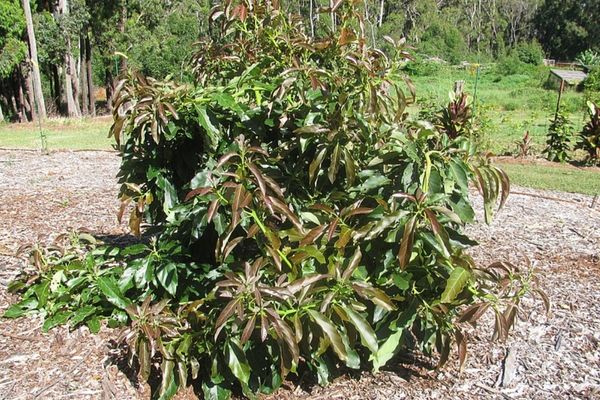
- Scientific Name: Persea americana ‘Little Cado’
- Size: 10 feet
The Wurtz avocado tree, also known as Little Cado, is the only dwarf avocado tree that can reach a height of 10 feet. They’re made from Mexican and Guatemalan avocado species and will bear fruit in one to two years.
While dwarf avocado trees can be grown outdoors, they’re more commonly grown indoors because they require less space and care, as well as a shorter growing season than other types of avocado trees. To grow dwarf avocados indoors, make sure they get full sun and that their soil is loose, sandy, and slightly damp.
